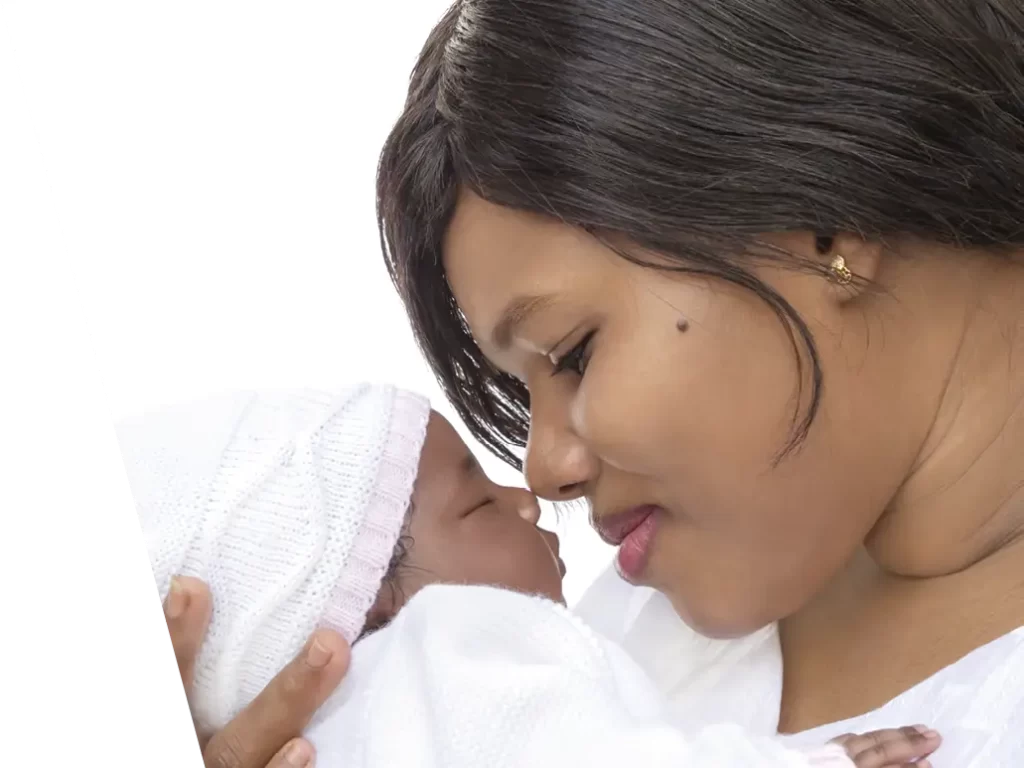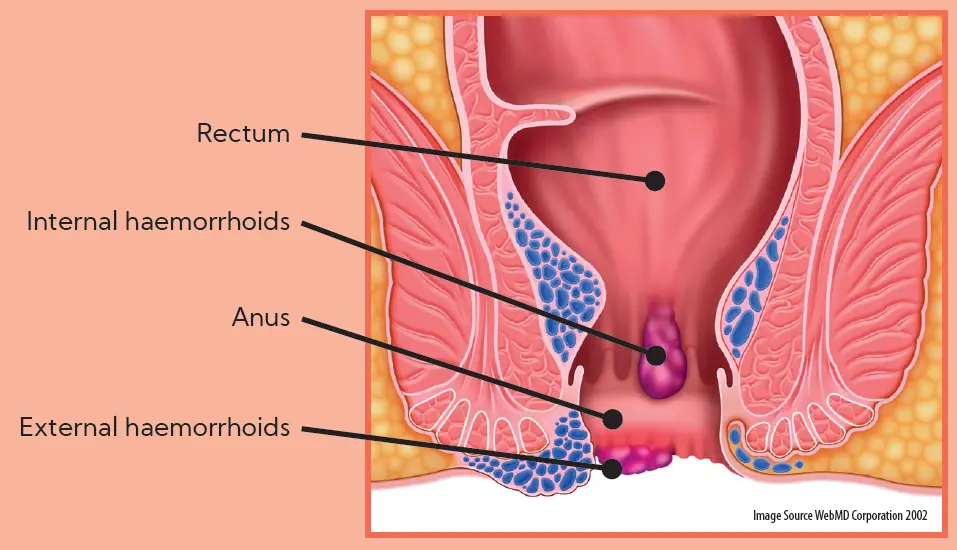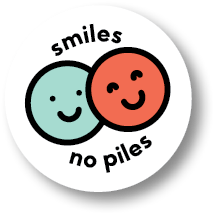Let's get real when it comes to pregnancy & haemorrhoids

The facts on haemorrhoids first

The symptoms depend on the type of haemorrhoid
The results are in
The most common causes of haemorrhoids are:
Haemorrhoids and constipation go hand in hand
Tips to help relieve postpartum constipation:4
How to treat postpartum haemorrhoids at home 2,4
Sitting for long periods of time increases pressure on the veins in your anus, which can lead to haemorrhoids. Instead, lie down as much as possible when you’re nursing.5 Witch hazel can help reduce swelling and provide relief. Store it in your refrigerator to keep it cool. You can apply it using cotton balls and pads. You can also add witch hazel to your bath.5 Speak to your health care professional before using this.
It is important to remember that you are not alone and that there are home remedies and medically approved treatment to help with haemorrhoids. Please note the suggestions above are only to manage the symptoms of haemorrhoids, speak to your health care professional for further advice on how to manage and treat your haemorrhoids. Don’t let haemorrhoids negatively affect your quality of life and the time spent with your newborn.

References: 1. Mayo Clinic. Haemorrhoids. 2021. [Updated 12 May 2021; Cited on 1 September 2022]. Available from: URL: https://www.mayoclinic.org/diseases-conditions/haemorrhoids/symptoms-causes/syc-20360268#:~:text=Haemorrhoids%20are%20swollen%20veins%20in,rectum%2C%20similar%20to%20varicose%20veins. 2. Buzinskiene D, Sabonyte-Balsaitiene Z, Poskus T. Perianal Diseases in Pregnancy and After Childbirth: Frequency, Risk Factors, Impact on Women’s Quality of life and treatment Methods. Front Surg. 2022;(9):doi:https://doi.org/10.3389/fsurg.2022.788823. 3. Turawa EB, Musekiwa A, Rohwer AC. Interventions for preventing postpartum constipation (Review). Cochrane Database of Systematic Reviews 2015; 9):DOI:10.1002/14651858.CD011625.pub2. 4. University of Rochester Medical Center. Common Conditions: Constipation. [cited on 1 September 2022]. Available on: URL: https://www.urmc.rochester.edu/ob-gyn/obstetrics/after-delivery/common-conditions.aspx#:~:text=After. G5.row by WebMD. What to Do if You Have Postpartum Haemorrhoids. 2021. [Updated 16 May 2021] [Cited on 1 September 2022]. Available at: URL: https://www.webmd.com/baby/what-to-do-if-you-have-postpartum-haemorrhoids.


